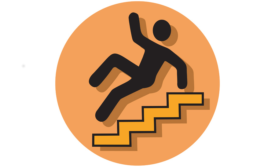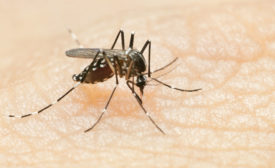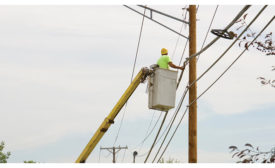Environmental Health and Safety
A NIOSH Science Blog post
Partnering to promote workplace safety and health in tribal communities
April 25, 2016
Lack of line workers raises safety risks
Crew members reinforce situational awareness
April 22, 2016
Become a Leader in Safety Culture
Build your knowledge with ISHN, covering key safety, health and industrial hygiene news, products, and trends.
JOIN TODAYCopyright ©2025. All Rights Reserved BNP Media.
Design, CMS, Hosting & Web Development :: ePublishing










